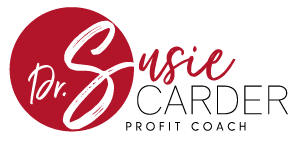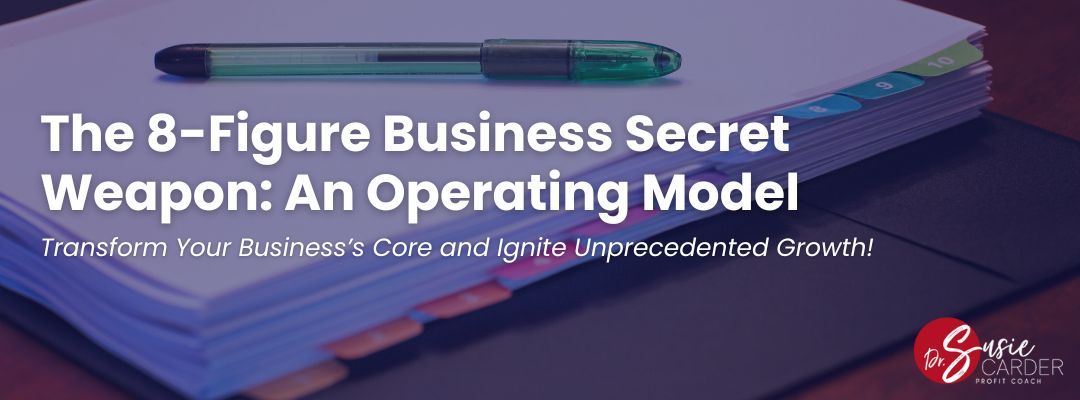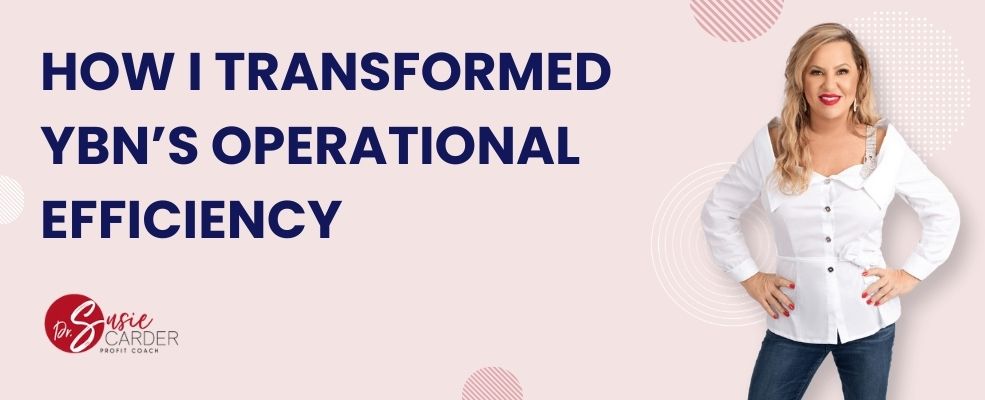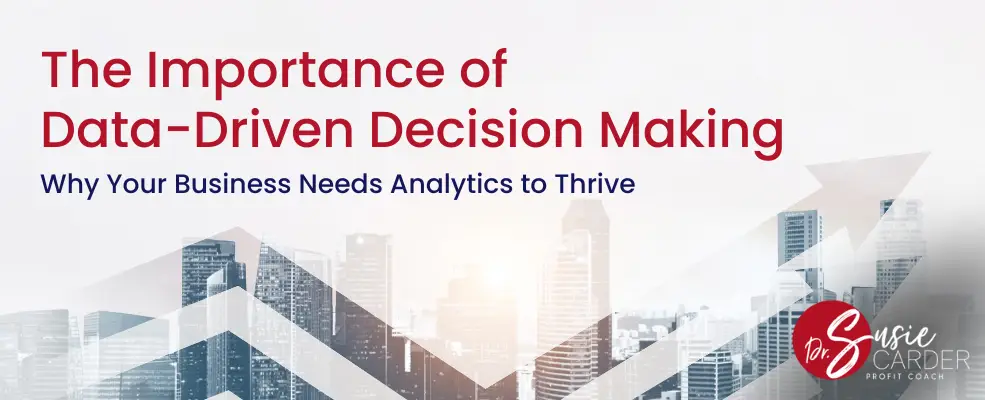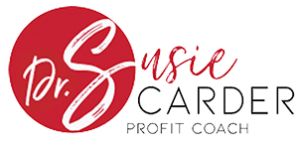If you’re an entrepreneur or a business owner, you might think ‘Operating Model’ means complicated corporate stuff and fixed structures. You might also not like the idea of a ‘model’ changing the business you’ve built with hard work. But, it’s not like that. Finding and improving your Operating Model isn’t about making big corporate changes. It’s about making your business more efficient and using your unique strengths better.

One of my clients, Dr. Judy, is an expert in holistic hormone replacement therapy. She faced the challenge of operational constraints, struggling to move beyond a 7-figure ceiling. Her busy practice demanded so much of her time that finding balance seemed impossible, and dreams of vacationing and pursuing personal interests like love remained just dreams.
Dr. Judy enlisted my help to revitalize her business, aiming for both increased profitability and a harmonious work-life balance. I honed in on her operational framework, capitalizing on her strengths while implementing streamlined processes to address any weaknesses. This move was all about making her existing operations even better, so she could grow her business and have more time for herself.
My collaboration with Dr. Judy exemplifies how an operating model can play a pivotal role in propelling your business to achieve eight-figure revenues and beyond.
What Exactly is a Business Operating Model?
At its core, an operating model, also known as the target operating model (TOM), explains how different parts of the business will function. It includes strategic goals, processes, management strategies, technology integration, and cultural elements.
But why is a business this model so crucial? First, it provides clarity and direction for your business. Secondly, it shows your business visually, with management structures, standard practices, and important goals for success.
But why is a business this model so crucial? First, it provides clarity and direction for your business. Secondly, it shows your business visually, with management structures, standard practices, and important goals for success.
6 Components of an Operating Model
A model is only as good as its parts, and an operating model is no exception. Six key components make up an effective operational strategy:
- People Model: The people model refers to the way an organization structures and organizes its workforce. It determines roles, responsibilities, and reporting lines, ensuring that everyone knows their place and how they contribute to the overall goals.
REAL LIFE EXAMPLE
When working with Dr. Judy, our main focus was on the outcomes rather than the specific tasks performed by each team member. We analyzed who was generating the highest revenue results and allocated them more opportunities in that area, such as upselling, retailing, and requesting referrals.
- Decision Grid: The decision grid is a framework used by organizations to guide decision-making processes. Establishing a clear decision-making grid saves time and resources.
REAL LIFE EXAMPLE
Dr. Judy’s team was constantly bombarding her with questions, relying on her input too frequently. To promote independent thinking and continuous progress, we eliminated unnecessary repetitions and established clear guidelines.
- IT Blueprint: The IT blueprint outlines the technology infrastructure and systems required to support business operations. It includes hardware, software, networks, and data management strategies, ensuring that the right IT resources are in place to enable efficient and effective processes.
REAL LIFE EXAMPLE
Similar to other small businesses, Dr. Judy had software that wasn’t fully used. We got rid of some software, saving her money. For the rest, we made sure everyone was trained on different platforms so that one person didn’t have all the control.
- Location Strategy: Location strategy involves making decisions about where physical and virtual assets are located. This includes determining the best locations for offices, warehouses, and data centers, as well as considering the use of remote work and cloud computing to optimize operations.
REAL LIFE EXAMPLE
Dr. Judy chose her first location based on the cost per square foot. When it came to opening a second location, which was pivotal in increasing the profit of Dr. Judy’s business, we carefully considered the area and what would appeal to our target customers.
- Performance Metrics: Performance metrics are key performance indicators (KPIs) that measure the success and effectiveness of the operating model. These metrics provide quantifiable data on various aspects of the business, enabling organizations to track progress, identify areas for improvement, and make data-driven decisions.
REAL LIFE EXAMPLE
Our goal was to grow Dr. Judy’s business to generate eight-figure revenue. To achieve this, we established key performance indicators (KPIs) that focused on acquiring new customers, encouraging referrals, and expanding services.
Start small and aim big. We began by gradually introducing higher standards to Dr. Judy’s team, ensuring their readiness before raising the bar further to ensure long-term success.
- Mindset and Behaviors: Mindset and behaviors refer to the organizational culture and values that shape how things get done. It encompasses the attitudes, beliefs, and behaviors of individuals within the organization, promoting collaboration, innovation, and a customer-centric approach.
REAL LIFE EXAMPLE
To foster a culture of growth for Dr. Judy’s team, we conducted a comprehensive class on outdated beliefs about money and how they sabotage us. It’s important to recognize the mindset of your team, particularly when it comes to finances and providing clients with product and service recommendations.
Implementing a blueprint for success will help you rise above the competition and create your legacy. Are you satisfied with survival or do you strive for supremacy? If it’s the latter, be prepared to adapt and innovate. Implementing an operating model ensures your business reflects your important principles in every aspect.

Operating Model vs. Business Model
While the two terms are often used interchangeably, they are not the same. A business model is a plan to create and capture value, addressing the fundamental “what” and “why” aspects. It provides the strategic direction for your organization.
REAL LIFE EXAMPLE
While collaborating with Dr. Judy, I didn’t modify her business model. However, I did make changes to her operating model.
First, we looked to enhance the customer experience. We carefully assessed her effectiveness with each client, prioritizing not only the financial outcomes but also customer satisfaction. Our goal was to not only upsell but also provide exceptional service. As a result, we observed a significant increase in the average ticket size, rising from $390 to $540.
Second, we focused on referral business. When customers are satisfied, they are more likely to refer others. By optimizing our business processes, we were able to efficiently handle this new influx of customers, resulting in a threefold increase in sales.
Finally, we prioritized maximizing profits. This involved reviewing and reducing business expenses, specifically targeting unnecessary software, services, or products. We also enhanced the usability of the remaining resources, ensuring all team members could fully access and utilize them. As a result, our profitability skyrocketed from 5% to over 40%. That’s what I call winning!
Your Business Model might be the ‘what’, but your Operating Model is the ‘how’. It encapsulates all the practical elements of running your business. It’s the playbook that operationalizes your grand business strategies.
Organizations can improve performance, innovate, and achieve goals by aligning their business and operating models. Organizations can enhance their performance, foster innovation, and accomplish their goals by aligning their business and operating models.
One way to improve your business is by looking at what makes it special, your unique value proposition. By understanding what makes your business value proposition, you can learn valuable lessons, just like we did with Dr. Judy’s business when we focused on her team and the customer experience.

Deploying Your Operating Model
Deploying an operating model involves several steps that require careful planning, execution, and a strong focus on learning and adapting. It’s important to empower individuals by giving them the freedom and necessary tools to showcase their unique strengths.
Refining your Operating Model demands strategic deployment. Here’s how to put theory into practice in Dr. Judy’s plan:
- Implement Technology Solutions. We introduced video technology to automate the recommendation process previously handled by Dr. Judy. This innovation enables clients to access self-service recommendations for all our products and services.
A tech solution should harmonize with your processes, not complicate them. - Engage Your Team. To get Dr. Judy’s team on board with the changes we made, we promoted internal initiatives to generate enthusiasm for additional services and products. Emphasizing that our front-line team members are our customers helped shift the energy and attitude toward enhancing the customer experience.
It’s not just about rewards or money; verbal recognition is also crucial. Dr. Judy’s team exceeded our expectations by fully embracing the operational change. - Optimize Processes. I identified the areas where Dr. Judy’s operations were not functioning properly. These problem spots indicate where processes are broken, outgrown, or no longer effective. Through a comprehensive audit, we were able to determine what was successful and what required improvement.
Putting your operating plan into action demands patience and adaptability. 8-figure businesses do not happen overnight, and transformation can be markedly more difficult. We become comfortable with the status quo and introducing new processes may feel like walking against a current. Keep moving forward, but remember, adapting is necessary to turn ambition into achievement.
Adapting the Model to Changing Tides
New technologies have changed how businesses operate. What worked in the past may not work now, and you can use technology to reduce costs and improve your bottom line. This demands a higher degree of flexibility, as businesses need to stay agile and responsive to stay ahead. Being willing to reassess and adapt your approach is not a weakness, but a smart and strategic decision.
Remember, change is not the enemy; rigidity is. Be flexible and prepared to make changes. Just like Dr. Judy’s Clinic adjusted to a changing client base, your Operating Model must change to meet evolving market needs.
Conclusion
Building an 8-figure business is not a solo journey. Your operating model acts as a trusted companion, guiding you through the complexities of the business world. Embrace innovation and create a lasting impact with a customized operating model.
Every business needs external input to grow. As our business expands, we must adapt at each level.
Dr. Judy’s changes took us two years to develop an 8-figure growth plan. Opening new locations allowed us to reach our ideal qualified clients and expand our physical space.
By fine-tuning our first location, we set the second location up for immediate success. Following the advice of Michael Gerber, author of The Emyth, we built our business as if it were franchisable, making it more sellable. This approach has made opening the third and fourth locations for Dr. Jucy easier and more streamlined.
Ready to take your business to the next level? Start by completing our qualifying questionnaire. By understanding your current situation, we can work together to develop a tailored operating model to drive your business towards 8-figure success. Let’s work together to make your business thrive!
